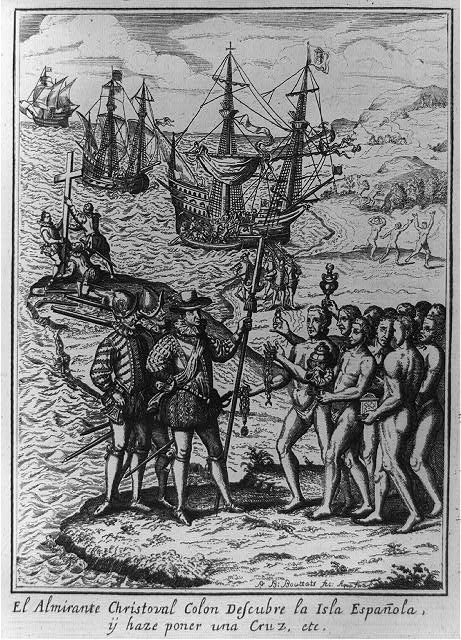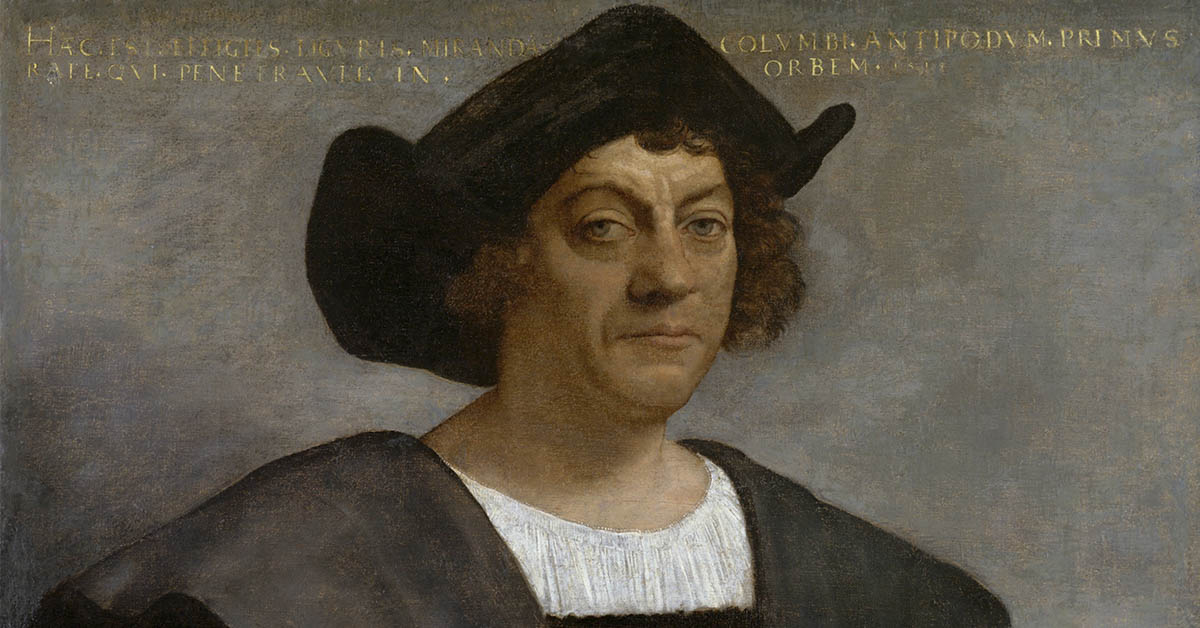A Meme of a young woman in what appeared to be an Indigenous costume paired with a joke about Christopher Columbus didn’t just go viral. It exploded. It racked up hundreds of thousands of likes. Behind those numbers lies a story about unwanted fame, Brazilian internet culture, and how dark historical humor travels from the web’s shadowy corners into mainstream feeds.
When a Christopher Columbus Meme Crossed the Line
On May 25, 2025, @uncleHsTopGuy dropped what seemed like a simple meme. He captioned it “This is what Christopher Columbus saw when he pulled up to America.” The image showed a woman in minimal clothing with red face paint. The numbers don’t lie. Within days, the post exploded to 327,303 likes and 9,500 reposts.
But here’s something fascinating about viral content. This wasn’t the meme’s first rodeo. Back in October 2024, @ChrisWinig had planted the seeds with fan art of Chel from The Road to El Dorado. He used nearly identical phrasing about “the first thing Columbus saw.” That version managed a respectable 2,600 likes. Good engagement, but nowhere near viral territory.
So what changed? The shift from an animated character to a real person made all the difference. The creator had tested the waters days earlier with a different woman on May 23. That one pulled in 2,000 likes. But this particular image struck something deeper. It spread across Instagram, Facebook, and TikTok faster than anyone could track.
Read More: The Woman Who Lives 200,000 Years in the Past
Meet the Reluctant Star
The woman who became the face of this viral moment? That’s @SantoriMary, known as mimiesquisitinha on Instagram. She wasn’t trying to become a meme. The image came from her private Facebook page where she’d posted it in 2024. Specifically, it was a cosplay of Kuruminha, a Brazilian imageboard mascot.
Her reaction to sudden internet fame tells its own story. On May 27, days after the explosion, she shared another photo in the same outfit. The caption translates to “I don’t like people distrusting me.” The post got only 60 likes. What a difference compared to the hundreds of thousands her image had generated elsewhere. Her Instagram remains private. Her public posts stay minimal. She hasn’t capitalized on the fame or even acknowledged it directly. Yet in an era where going viral often launches influencer careers, her silence tells us plenty about the complicated reality of becoming internet famous against your will.
The Price of Unwanted Fame

The irony cuts deep. She created art celebrating Brazilian Indigenous culture within her community, only to watch it become a Christopher Columbus meme used as ammunition in American conversations about historical violence. Her cosplay wasn’t meant for others to use, especially not as a vessel for processing colonial trauma.
The Cultural Controversy

Here’s where things get complicated. You see, Kuruminha isn’t just any character. She’s a mascot from BRchan, a Brazilian imageboard, representing an indigenous woman in a deliberately provocative way. The cosplay exists at the intersection of Brazilian internet culture and what users call “hornyposting.” That’s sexualized content that walks the line between humor and objectification.
The meme’s edge comes from its dark historical undertones. It references stories about Christopher Columbus and his crew sexually assaulting Carib women during their so-called “discovery” of America. That context transforms what looks like an innocent attraction into something far more sinister. Essentially, it becomes a joke about colonization, violence, and exploitation.
Read More: The Most Endangered Language Has Just One Living Speaker, And She’s Trying to Save It
When History Meets Memes
This historical violence isn’t just academic footnote material. Columbus’s diary entries document the exploitation that followed his arrival. The meme’s dark humor isn’t accidental when referencing Christopher Columbus. Rather, it’s processing centuries of colonial violence through the lens of modern internet culture. When the post went viral, its creator wasn’t making a history lesson. Instead, he was tapping into how younger generations cope with inherited trauma through memes, even when those memes use real people’s images without permission.
The Community Divides
Community reactions split predictably. Some users like @RoguesPhilo leaned into the humor with responses about “Colonizermaxxing.” Others pushed back hard. One critic pointed out “fake eyelashes and e-girl makeup” that mark this as a modern performance rather than a historical representation.
The debate isn’t about historical accuracy though. It’s about how indigenous imagery gets used for humor online. Critics argue the meme perpetuates harmful stereotypes while making light of actual historical trauma. Supporters dismiss it as harmless internet culture, another example of how memes process complex topics through strange humor.
This tension reflects broader questions about how digital spaces handle sensitive cultural material, especially when content jumps from niche communities like imageboards into mainstream social media feeds. The algorithms don’t care about context.
After the Christopher Columbus Meme Fades
@SantoriMary’s experience with the Columbus meme shows us something uncomfortable about viral culture. She created content for one specific context. It was a private social media post within Brazilian cosplay communities. Instead, she watched it get weaponized in a completely different conversation about American history and colonization.
The meme’s journey from @ChrisWinig’s October cartoon to @SantoriMary’s unwilling stardom shows how internet content evolves beyond any creator’s control. Eventually, what started as playful fan art became a vehicle for processing historical trauma through humor, with a real person’s image caught in the middle.
Her reluctance to engage publicly raises questions we’re still learning to ask. In an attention economy that rewards viral moments, what happens to people who never consented to be part of the conversation? How do we balance meme culture’s irreverent approach to serious topics with respect for the individuals whose images fuel these discussions?
The Christopher Columbus meme will fade as all viral content does. But the story of the woman at its center remains. It’s a reminder that behind every viral image is a real person navigating the strange new reality of internet fame, whether they want it or not.
Read More: A 1970 Law Led to the Mass Sterilization of Native American Women. That History Still Matters

